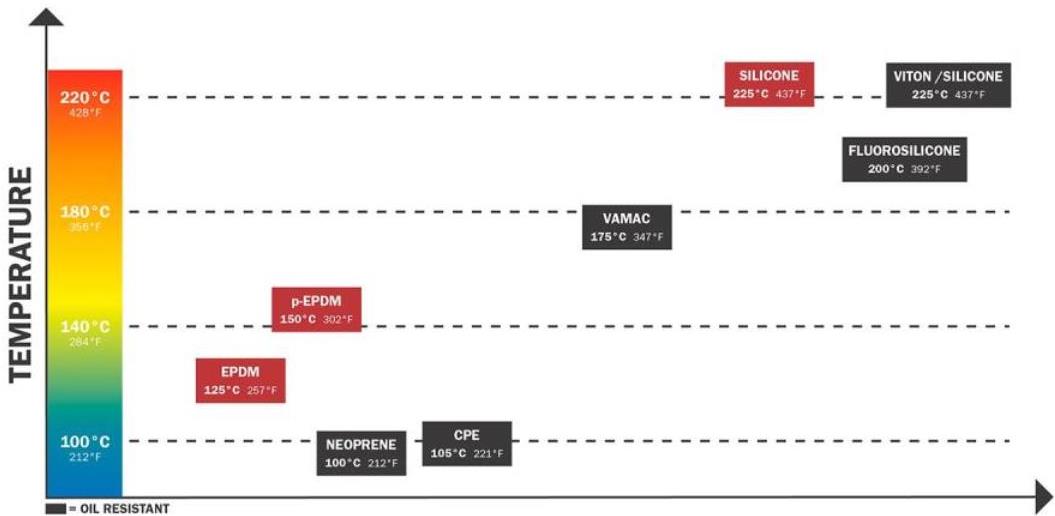Due to the drive to make cars more fuel-efficient, smaller and lighter-weight engines started to become commonplace in newer vehicles, with turbochargers used to compensate for the associated power loss. In fact, around 75% of new vehicles sold in Europe today are turbocharged. The turbocharger compresses air from the atmosphere and delivers it to the engine through a series of turbocharger hoses. In what follows, we will take a closer look at these hoses, which are increasingly in aftermarket demand as a wave of turbocharged vehicles leave the warranty period. We will also outline some possible failures and provide tips for replacement.
Gates turbocharger hoses: the advantages
As opposed to traditional automotive hoses, which all come in a similar black EPDM rubber, turbocharger hoses have to deal with more extreme heat and must be made of different materials depending on the temperature of the environment that the hose is operating in. This means that turbocharger hoses are available in silicone, in fluorosilicone, in EPDM rubber or another material that can meet the demand placed on them. Gates will always offer a hose that matches the original hose material, which is critical on the turbocharger system where air temperatures can reach 200°C (392°F). Be conscious of aftermarket suppliers who use standard EPDM rubber for all of their turbocharger hoses, which is not designed to withstand the demands of some applications and will lead to early failure.

Hose materials and their respective temperature resistance
In addition, Gates' turbocharger hoses offer the unique advantage of coming with quick connectors, as standard, and with all other necessary components already mounted on them. In fact, the Gates factory providing these hoses is one of the few in the world with certification from the OEM quick connector manufacturer to use their product.
Possible turbocharger hose failures
There are a couple of ways in which turbocharger hoses can fail. First of all, turbocharger hoses will wear out over time at the bends of the hose where the air is shooting up against the wall before redirecting. The hot air may blow even a hole in the side of the hose, at which point the hose can no longer deliver compressed air from the turbocharger, resulting in an obvious loss of power.
Another possibility has to do with the fact that the air coming through the hose often contains oil particles which deposit on the inside of the hose. Over time, the hose may become soaked with these oil particles, causing it to soften and slip off its mounting. Also, as the hose softens, it greatly increases the potential for air to penetrate the inner liner and blow through the hose.
Reusing old hose parts? Don’t!
Gates recommends replacing the primary hoses any time the turbocharger needs replacing. While it is technically possible
to reuse the old parts, this is seldom a good idea. If the hose is already oil-soaked, for instance, it is going to fail quickly.